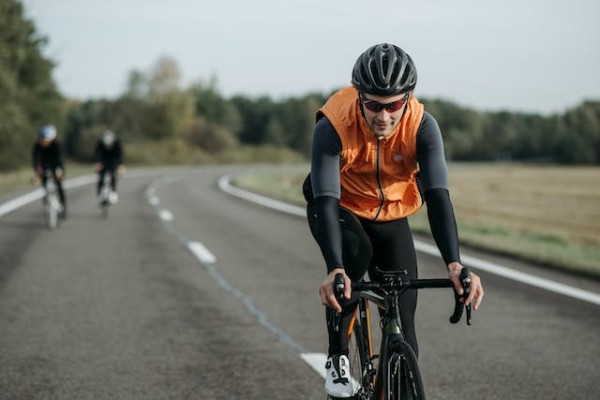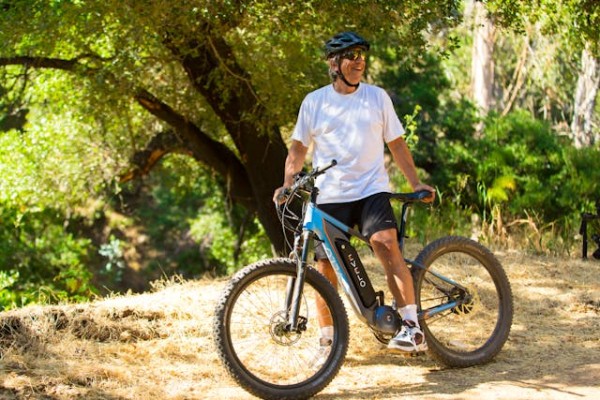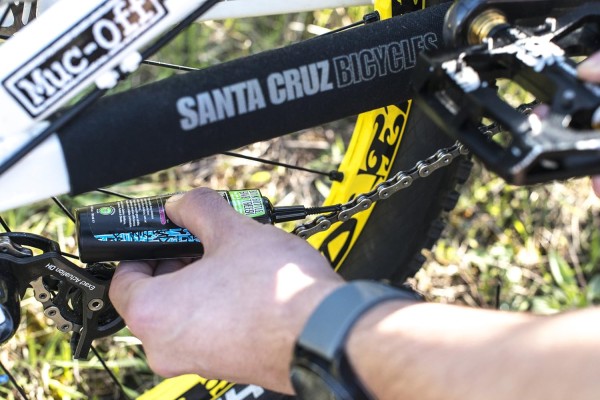Are you tired of trying fad diets and spending hours at the gym without seeing any significant weight loss results? Well, look no further than cycling. Imagine effortlessly gliding through scenic trails, feeling the wind on your face as you burn calories and shed those unwanted pounds.
But how exactly does cycling help with weight loss? And what do you need to know to get started? In this discussion, we will explore the benefits of cycling for weight loss, effective techniques to maximize your efforts, and tips to stay motivated on your journey toward a healthier you. Get ready to discover the power of cycling for weight loss and unlock a world of possibilities.

1. Choosing the Right Bike
When choosing the right bike for weight loss, it’s important to consider factors such as comfort, efficiency, and versatility. Comfort is key because you’ll be spending a good amount of time on your bike. Look for a bike with a comfortable saddle and an adjustable seat height.
Efficiency is crucial for maximizing your calorie burn and getting the most out of your workouts. Look for a bike with a lightweight frame and efficient gear ratios. Versatility is important because it allows you to vary your workouts and target different muscle groups. Look for a bike with multiple gears and different riding positions.
2. Effective Cycling Techniques
One key technique is maintaining a steady cadence, which refers to the number of pedal revolutions per minute. Aim for a cadence of 80 to 100 revolutions per minute to reduce strain on your joints and increase endurance. Another technique is to engage your core muscles while cycling. This helps stabilize your body and generate more power.
Additionally, make sure to maintain a proper bike fit. Adjust the saddle height, handlebar position, and cleat alignment to optimize comfort and prevent injuries. Lastly, incorporate interval training into your cycling routine. Alternate between periods of high-intensity effort and recovery to boost your metabolism and burn more calories.
3. Creating a Weight Loss Cycling Routine
To effectively continue your weight loss journey through cycling, it’s important to establish a comprehensive and structured cycling routine. Consistency is key when it comes to shedding pounds, so aim for at least three to five cycling sessions per week. Start with shorter rides and gradually increase the duration and intensity as your fitness level improves. Incorporate a mix of steady-state rides, interval training, and hill climbs to challenge your body and burn more calories.
To maximize weight loss, aim for longer rides of 60 minutes or more, as this can help tap into your body’s fat stores. Remember to listen to your body and allow for rest days to avoid overtraining. Lastly, track your progress using a cycling app or a fitness tracker to monitor your calories burned and distance covered. Stay committed to your routine, and you’ll see the pounds melt away.
4. Nutrition Tips for Cyclists
For cyclists looking to optimize their performance and support their weight loss goals, following proper nutrition guidelines is essential. To fuel your rides and aid in weight loss, focus on consuming a balanced diet that includes carbohydrates, protein, and healthy fats.
Carbohydrates are crucial for providing energy during long rides, so opt for whole grains, fruits, and vegetables. Protein is essential for muscle recovery and growth, so incorporate lean sources such as poultry, fish, and legumes into your meals. Don’t forget about healthy fats, which can help you feel satiated and provide long-lasting energy. Include sources like avocados, nuts, and olive oil in your diet.
Lastly, stay hydrated by drinking enough water before, during, and after your rides. Remember, proper nutrition is key to maximizing your cycling performance and achieving your weight loss goals.
5. Staying Motivated Throughout Your Weight Loss Journey
As you continue on your weight loss journey, maintaining motivation is crucial for long-term success. It can be challenging to stay motivated, but there are strategies you can use to stay on track.
Firstly, set realistic and achievable goals. Break down your weight loss journey into smaller milestones to help you stay focused and motivated. Celebrate your achievements along the way to boost your morale.
Secondly, find a support system. Surround yourself with people who encourage and support your weight loss goals. Join a cycling group or find a workout buddy to keep you accountable and motivated.
Additionally, track your progress. Use a journal or an app to record your workouts and monitor your progress. Seeing your achievements on paper can be a powerful motivator.
Frequently Asked Questions
How Long Should I Cycle Each Day to See Significant Weight Loss Results?
To see significant weight loss results, you should cycle for at least 30 minutes each day. This duration allows your body to burn calories and fat effectively. However, keep in mind that the intensity of your cycling also plays a role. If you’re a beginner, start with moderate intensity and gradually increase it over time. It’s important to maintain consistency and combine cycling with a balanced diet for optimal weight loss.
Can Cycling Help Target Specific Areas for Weight Loss, Such as the Thighs or Stomach?
Cycling can be a great way to lose weight and improve overall fitness. It’s a fantastic cardiovascular exercise that can help you burn calories and shed fat. However, it’s important to note that you can’t specifically target weight loss in certain areas, such as the thighs or stomach, through cycling alone. To lose weight in those areas, you need to combine cycling with a balanced diet and other exercises that target those specific muscle groups.
Is It Safe to Cycle in the Rain or During Adverse Weather Conditions?
Yes, it’s safe to cycle in the rain or during adverse weather conditions. However, it’s important to take extra precautions. Wear appropriate clothing for the weather, such as a waterproof jacket and pants. Make sure your bike has good grip tires for slippery surfaces. Use front and rear lights to enhance visibility. Slow down and be more cautious when cycling in the rain, as the roads may be more slippery.
Should I Take Any Supplements or Protein Shakes to Support My Weight Loss Goals While Cycling?
While cycling can be a great way to shed those pounds, it’s important to remember that weight loss ultimately comes down to a calorie deficit. Supplements and protein shakes may help provide additional nutrients and support muscle recovery, but they aren’t a magic solution. Focus on eating a balanced diet and meeting your nutritional needs through whole foods first, then consider supplements if necessary.
Can Cycling Cause Any Long-Term Damage to My Joints or Muscles?
Cycling is a low-impact exercise that’s generally safe for your joints and muscles. However, if you push yourself too hard or have improper form, it could potentially lead to long-term damage. To minimize the risk, make sure to warm up properly, maintain good posture, and listen to your body. If you experience any pain or discomfort, it’s important to take a break and seek medical advice.





